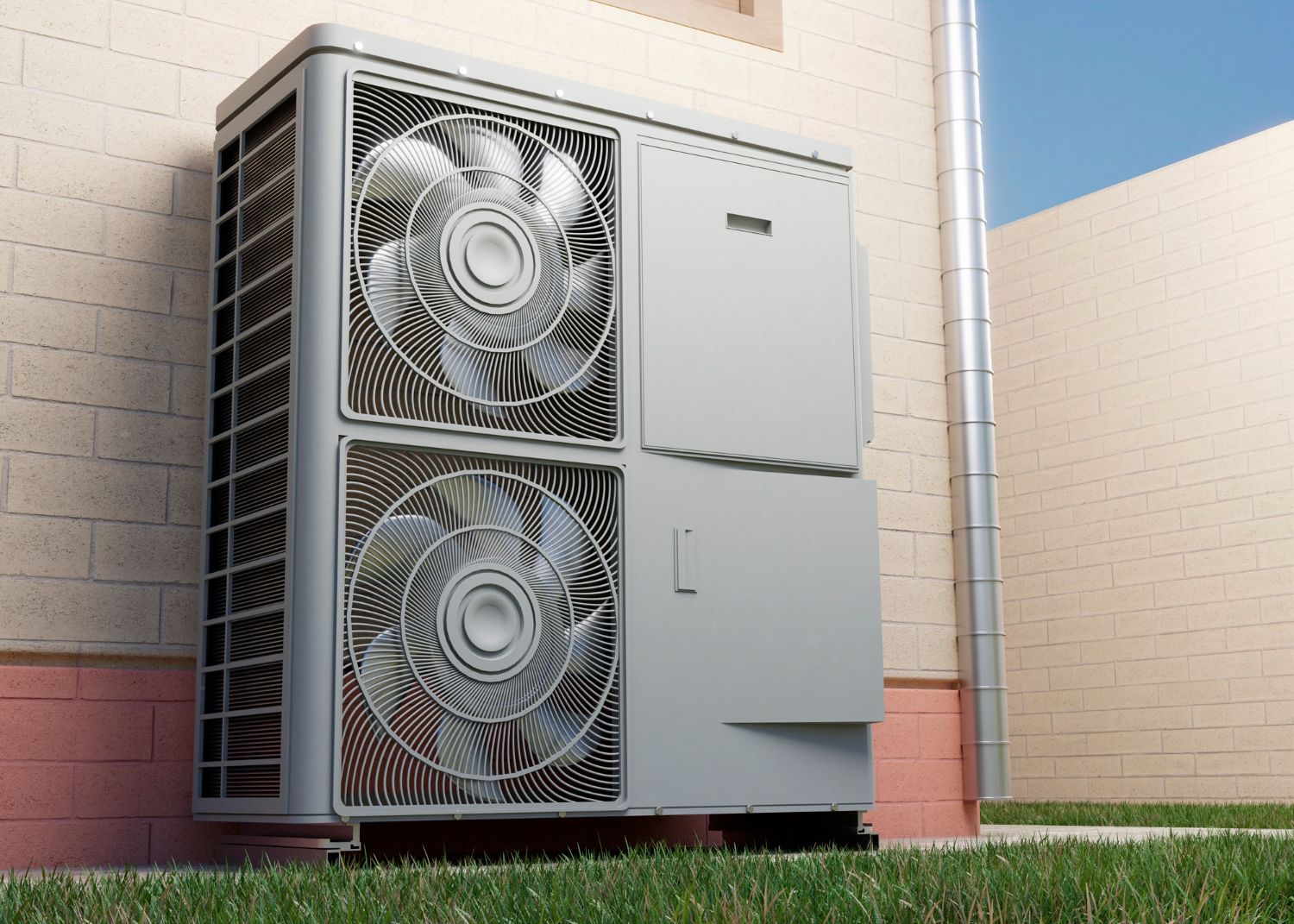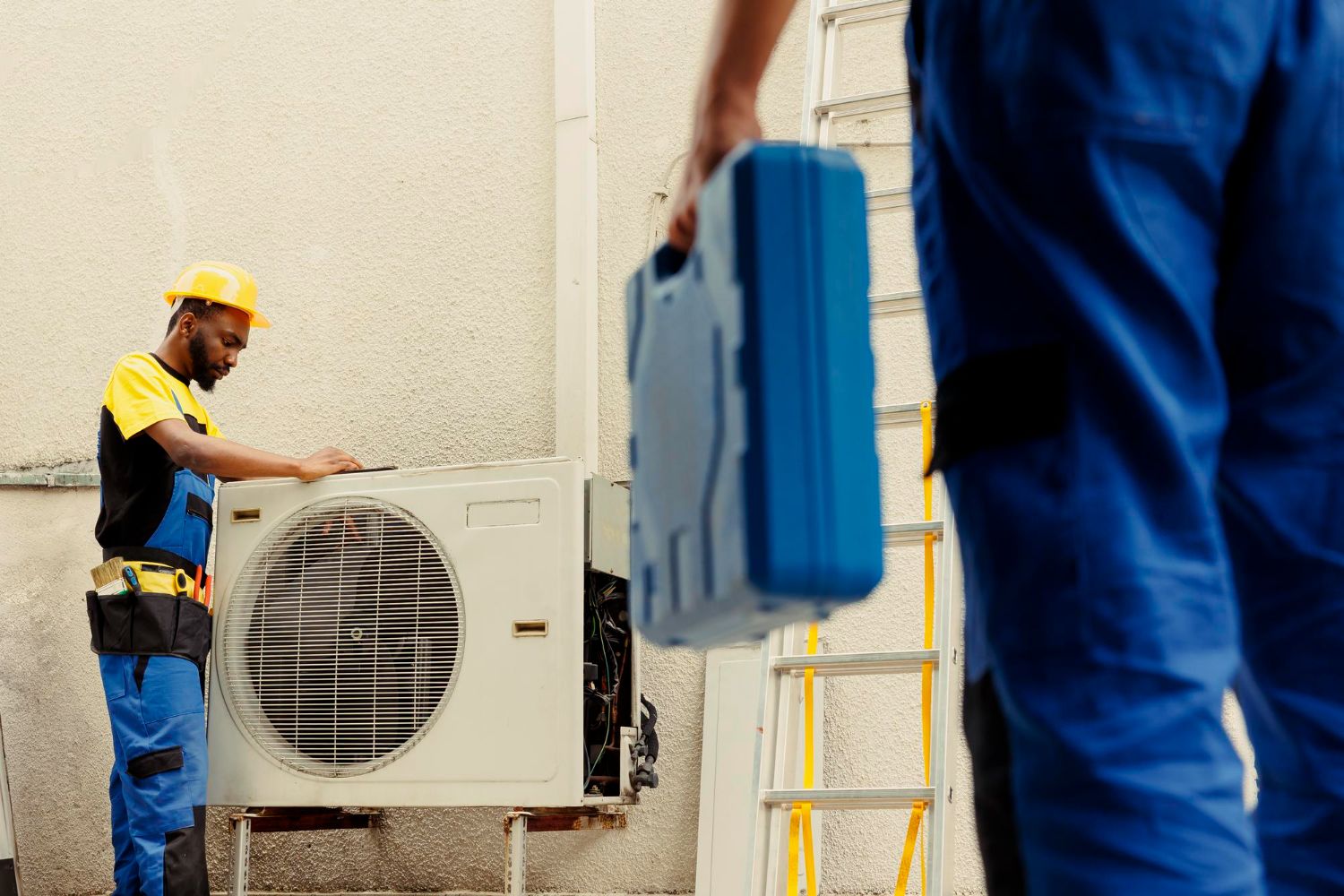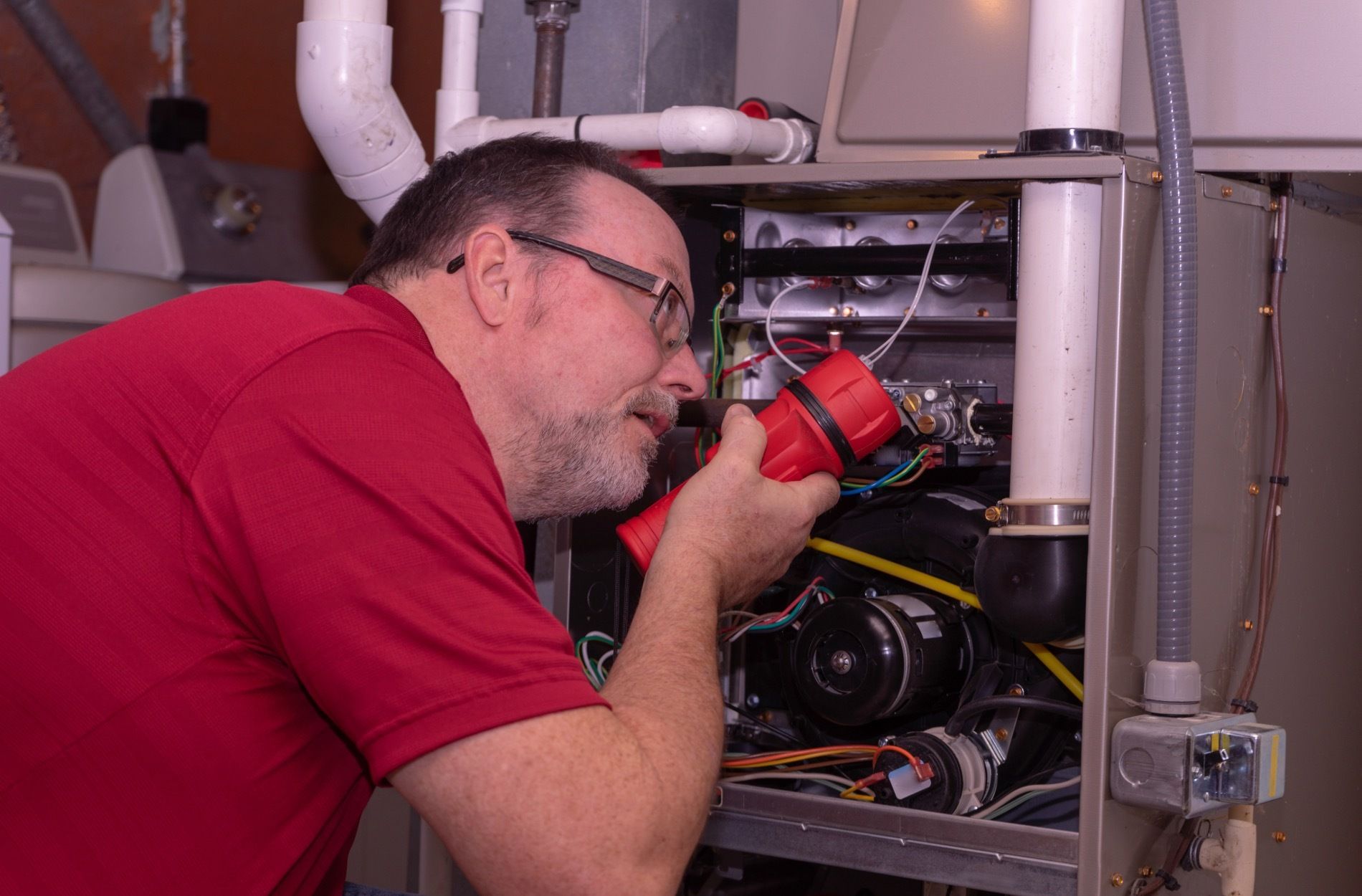
Heat Pump Replacement: Ensuring Efficiency in Cold Weather
Ensuring your home stays warm during the cold months is crucial. One key element in this is having a reliable and efficient heat pump. Over time, your heat pump may start to lose efficiency or fail altogether. Recognizing when it’s time for a heat pump replacement can help maintain indoor comfort and energy efficiency.
Signs Your Heat Pump Needs Replacement
Recognizing the signs that your heat pump needs replacement can prevent a complete breakdown and ensure your home remains warm during cold weather. Here are some key indicators that it’s time to consider a new heat pump.
1. Frequent Repairs: If you are constantly calling technicians to fix your heat pump, it might be more cost-effective to replace it. Frequent repairs not only add up in cost but also indicate that your system is nearing the end of its useful life.
2. High Energy Bills: A sudden spike in your energy bills without a corresponding increase in usage could mean your heat pump is working harder than it should. This often happens as the system loses efficiency over time.
3. Inconsistent Temperatures: If some rooms in your house are too hot while others are too cold, or if the system is struggling to maintain your desired temperature, it’s a sign that your heat pump is not functioning properly.
4. Unusual Noises: Strange noises such as grinding, squealing, or rattling can indicate serious mechanical issues. These noises often mean that internal components are wearing out and the system may fail soon.
5. Old Age: Heat pumps generally last between 10 to 15 years. If your unit is within or beyond this range, it’s a good idea to start planning for a replacement before it fails completely.
Addressing these signs promptly can help you avoid an emergency situation and ensure your home stays comfortable all winter.
Choosing the Right Heat Pump for Cold Weather Efficiency
Selecting the right heat pump is crucial for maintaining efficiency in cold weather. Not every heat pump is designed to handle low temperatures effectively. Here are some tips to choose the best heat pump for cold climates.
1. Cold Climate Rating: Look for heat pumps specifically rated for cold weather performance. These units are designed to operate efficiently at lower temperatures and will keep your home warm even when it’s freezing outside.
2. Energy Efficiency: Check the Seasonal Energy Efficiency Ratio (SEER) and the Heating Seasonal Performance Factor (HSPF) ratings. Higher ratings indicate better energy efficiency, which is important for keeping your energy bills low in the long run.
3. Size and Capacity: Ensure the heat pump you choose is appropriately sized for your home’s heating needs. An undersized unit will struggle to heat your home, while an oversized unit can lead to short cycling and increased wear and tear.
4. Dual Fuel Systems: Consider a dual fuel system that pairs a heat pump with a gas furnace. This setup allows the heat pump to handle mild winter weather and the furnace to take over during extremely cold conditions, optimizing efficiency and comfort.
5. Variable Speed Compressors: Heat pumps with variable speed compressors adjust their output to match the heating demand. This feature can enhance comfort and efficiency, especially in fluctuating cold weather.
Choosing the right heat pump for cold weather ensures reliable and efficient heating. With the proper selection, you can maintain a comfortable indoor environment while keeping your energy costs under control.
Steps in the Heat Pump Replacement Process
Replacing a heat pump involves several key steps, each crucial for a successful installation. Here’s what to expect during the heat pump replacement process.
1. Initial Assessment: Our professionals will first conduct a thorough assessment of your current system. This includes checking the existing ductwork, evaluating the size of your home, and determining your specific heating needs.
2. Selecting the New Unit: Based on the assessment, our technicians will help you choose the right heat pump for your home. This step involves selecting a unit with the correct size, capacity, and efficiency ratings suitable for cold weather.
3. Removal of the Old Unit: The next step is safely removing the old heat pump. Our technicians will disconnect the electrical and refrigerant lines and remove the old unit without causing any damage to your property.
4. Installation of the New Heat Pump: The new heat pump is then installed in place of the old one. This process includes connecting the electrical and refrigerant lines, mounting the unit securely, and ensuring all components are correctly aligned.
5. System Testing and Calibration: Once installed, our professionals will test the new heat pump to ensure it operates correctly. They will check for proper airflow, refrigerant levels, and overall system performance. Any necessary adjustments will be made to optimize efficiency.
6. Final Inspection: A final inspection ensures everything is installed correctly and meets safety standards. Our technicians will also walk you through the operation of your new heat pump, explaining any maintenance tips to keep it running efficiently.
Following these steps ensures your new heat pump operates at peak efficiency, keeping your home comfortable during cold weather.
Benefits of Professional Heat Pump Replacement
Choosing professional heat pump replacement offers many benefits. Our technicians have the expertise and tools needed to ensure your new system operates efficiently and reliably.
1. Correct Sizing and Selection: Our professionals can help you select the right heat pump for your home. Correct sizing is crucial for optimal performance. An oversized or undersized unit can lead to inefficiency and increased wear and tear.
2. Proper Installation: Professional installation ensures that all components are correctly connected and calibrated. This prevents potential problems that can arise from improper setup, such as refrigerant leaks or electrical issues.
3. Enhanced System Efficiency: Proper installation and calibration enhance the overall efficiency of your heat pump. This means lower energy bills and better performance, especially in cold weather.
4. Warranty Protection: Many heat pump manufacturers require professional installation to honor their warranties. By choosing our technicians, you ensure your warranty remains valid, protecting your investment.
5. Safety and Reliability: Handling refrigerants and electrical connections requires specialized knowledge. Our professionals ensure all safety standards are met, reducing the risk of hazards and ensuring reliable operation.
Professional heat pump replacement provides peace of mind, knowing your system is installed correctly and will function efficiently.
Conclusion
Heat pump replacement is essential for maintaining indoor comfort and efficiency during cold weather. Recognizing the signs that indicate it’s time for a replacement can prevent sudden breakdowns and ensure your home remains warm. Selecting the right heat pump and following a proper replacement process are crucial steps in achieving optimal performance.
Engaging our professionals for your heat pump replacement comes with numerous benefits, including correct sizing, proper installation, enhanced efficiency, warranty protection, and safety. These advantages ensure your new system operates reliably and efficiently, providing consistent comfort.
For expert heat pump replacement in Draper, UT, contact One Stop Heating and Air Conditioning today. Our team is ready to assist you with all your HVAC needs, ensuring your home stays warm and comfortable throughout the winter. Let us help you achieve the best performance from your heating system.








